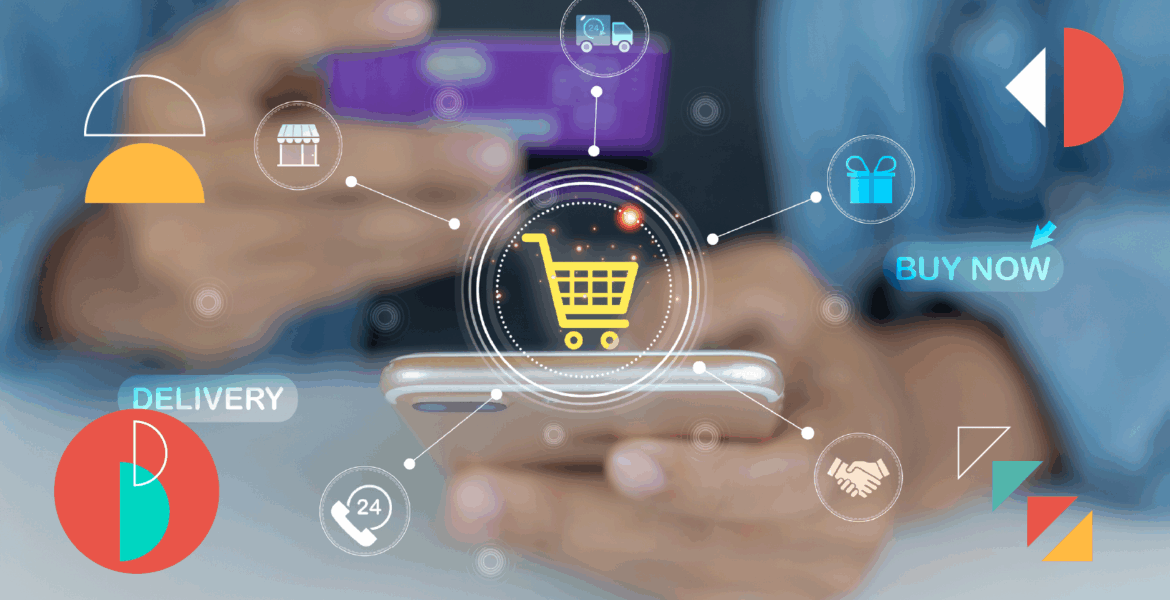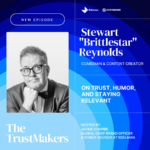By Pat Copeland, General Manager, Moloco Commerce Media
When retailers enter the commerce media market, it’s tempting to look to Big Tech for inspiration. After all, Google, Meta, and Amazon set the standard for digital advertising at global scale. But retail is not search, and it’s not social.
Retail is a different game with different physics. Where Big Tech optimized for attention and broad reach, retail must optimize for context, immediacy, inventory, and margin. That changes everything from the data you need to the models you train and the way you measure results. The risk of trying to replicate Big Tech is more than just wasted budget, it’s missing retail’s own superpower: deep understanding of the customer at the point of purchase.
First-party shopper and transaction data provides unmatched insight into context and intent. Success in commerce media comes from harnessing these native strengths.
The Retail-Native AI Alternative
Retail-Native AI means building capabilities that Big Tech deprioritizes because of its different scale and economics. For retailers, these are table stakes:
- Inventory and Margin-Aware Ranking: Unlike Big Tech platforms that can promote any advertiser willing to pay, retail AI must never promote out-of-stock items or products that would hurt the retailer’s margins. The algorithm needs real-time inventory feeds and margin constraints built into every ranking decision.
- Near Real-Time Feedback Loops: Retail AI can leverage session-level events such as product views, cart additions, and immediate purchases, to adjust placement policies within minutes, not days. This creates learning cycles that Big Tech’s batch-processing approaches can’t match.
- Closed-Loop Incrementality: Rather than relying on proxy metrics like clicks or view-through attribution, retail-native AI can measure true incrementality through transaction verification. Did this ad actually generate additional revenue, or would the customer have purchased anyway?
- Merchandising Controls and Brand Safety Integration: Retail teams need to maintain control over product presentation and brand adjacencies in ways that search or social platforms don’t. The AI must respect seasonal promotions, brand guidelines, and category strategies while optimizing for performance.
The Commerce Media AI Maturity Model
Retailers can progress through AI maturity stages without needing Big Tech budgets. Each stage has specific gates and next steps:
Stage 1: Manual
- Current state: rules and static placements.
- Gate: baselines defined, can run hold-outs. Measure what you are improving from.
- Next step: Begin collecting granular event-level data on customer interactions, inventory changes, and campaign performance.
Stage 2: Rules-based
- Current state: segment-based logic with merchandising overrides.
- Gate: demonstrate rule-based improvements outperform manual approaches with statistical significance.
- Next step: collect event-level data.
Stage 3: Predictive
- Current state: ML models predict customer propensities and optimize placements, but with heavy guardrails and manual oversight.
- Gate: achieve explainability standards and establish governance frameworks for model oversight.
- Next step: transition to automated optimization systems that can balance multiple objectives without constant human intervention.
Stage 4: Fully automated
- Current state: advanced algorithms like multi-armed bandits or reinforcement learning optimize across GMV, margin, and advertiser ROI simultaneously, with policy constraints.
- Next step: extend AI capabilities to off-site advertising and in-store media measurement for omnichannel optimization.
Build, Buy, or Partner?
Choosing how to operationalize AI is as strategic as the models themselves. Each path carries tradeoffs.
| Criteria | Build (in house) | Buy (vendor) | Partner (co-develop) |
| Speed to value | Slow | Fast | Moderate |
| Governance & Control | Full control | Limited control | Shared control, with influence |
| Total cost of ownership | High upfront, plus ongoing infrastructure | Subscription or usage fees; predictable | Shared investment; variable |
| Talent needs | Heavy | Light | Moderate |
| Transparency | High | Variable; often opaque | Negotiated, but often higher than off-the-shelf |
| Experimentation cadence | Flexible but resource-limited | Dependent on vendor updates | Faster than build but slower than buy |
| Roadmap Influence | Direct | Low | Medium-high |
Which path to take depends on your focus. For example:
- Mid-Market Marketplace: Should partner with specialized retail media platforms that offer white-label solutions. You need speed to market and can’t afford large engineering teams, but require customization for your unique vendor relationships.
- Specialty Retailer: Consider buying established solutions with strong APIs for customization. Your unique brand positioning requires some control, but you can leverage proven technology for core functionality.
- Grocery Retailer: Should partner with platforms that understand complex inventory management, perishables, and local store variations. The operational complexity demands specialized expertise that’s costly to build internally
Questions to Ask Your Retail Media Network Partner
Before selecting or evaluating an AI partner, ensure they understand retail’s unique physics by asking these critical questions:
- How do you measure incrementality, and how frequently? Can you distinguish between revenue you generated versus sales that would have happened anyway?
- What specific artifacts do merchandising and brand teams see to understand why certain products are being promoted? Can they override AI decisions when needed?
- How are margin constraints and real-time inventory status encoded in your ranking algorithms? Do you avoid promoting out-of-stock or unprofitable items?
- What is your model update cadence, and what’s your SLA for detecting and correcting model drift? How quickly do you adapt to changing customer behavior?
These questions separate marketing veneer from measurable performance. Retailers that embrace retail-native AI, guided by these principles, will deliver better shopper experiences and stronger advertiser outcomes, without the need for Big Tech budgets.











